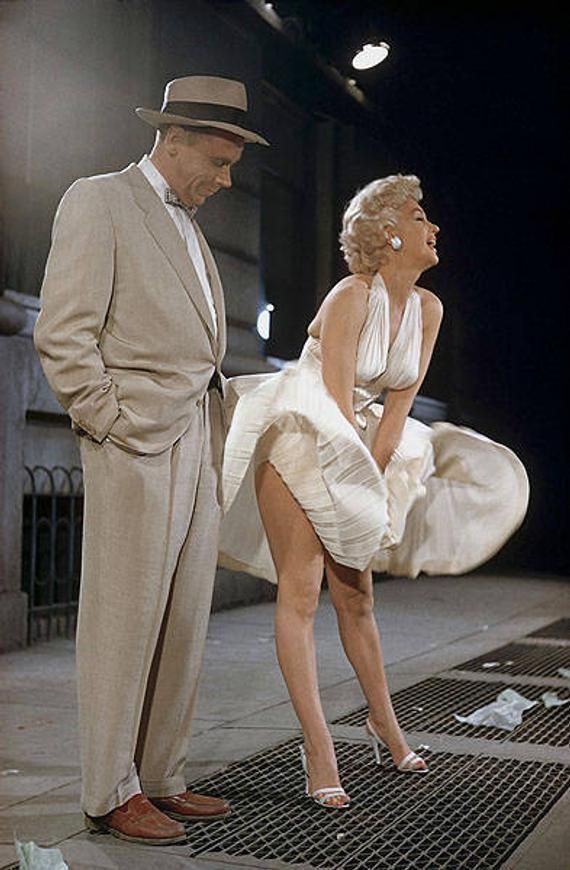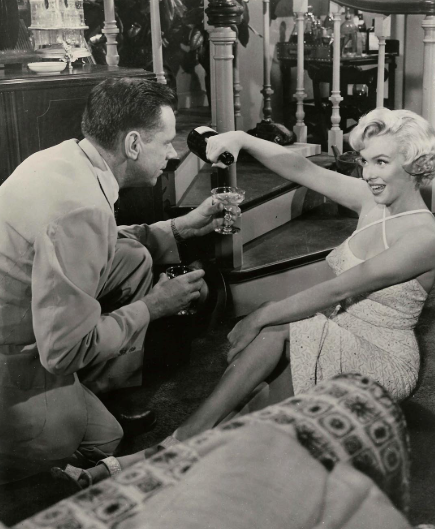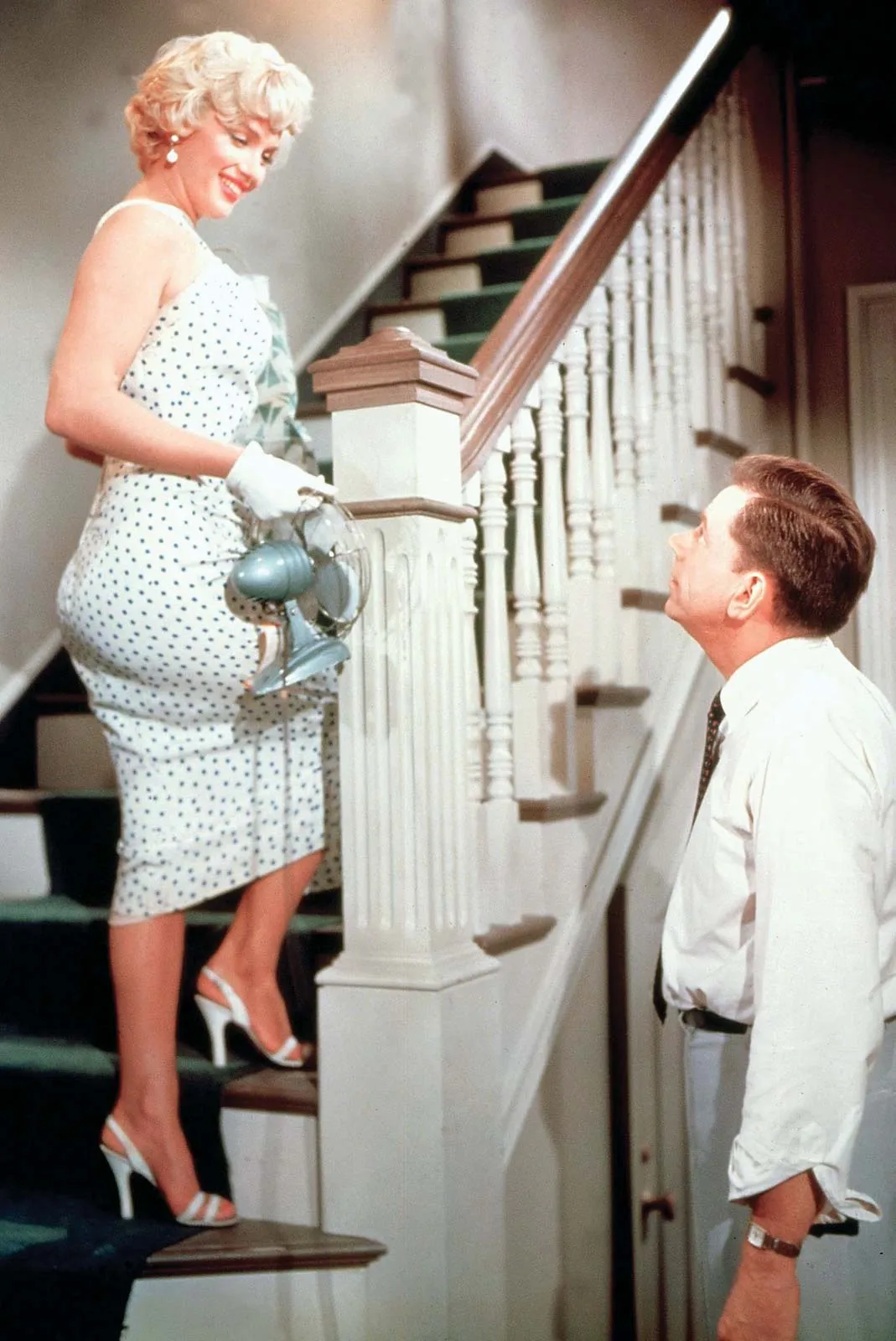TIME CAPSULE OPENED: “Seven Year Itch” Secrets Revealed – Beyond the Dress, Beyond the Myth!
When you picture “The Seven Year Itch,” one image dominates: Marilyn Monroe, her iconic white dress billowing skyward over a subway grate. It’s etched into cultural history, a symbol of Hollywood glamour and playful sensuality. But what if we told you that legendary moment, and the film itself, hides a trove of shocking behind-the-scenes dramas and surprising untold stories that make this 1955 classic far more complex than a simple rom-com?
Get ready to peel back the layers of Hollywood’s golden age and discover the hidden truths behind Monroe’s defining role.
The Dress Scene: A Disaster That Became a Legend (and Destroyed a Marriage)
That iconic billowing dress – designed by William Travilla and later auctioned for an astronomical $5.6 million – almost never made it to the screen! The original filming on Lexington Avenue in New York City was a chaotic spectacle, drawing thousands of screaming fans. The deafening roar of the crowd and incessant camera flashes rendered the audio unusable. The entire scene had to be meticulously reshopped on a Hollywood soundstage, costing the production precious time and money.

But the real drama unfolded off-camera. Monroe’s then-husband, baseball legend Joe DiMaggio, was reportedly furious and deeply humiliated by the public display. Their explosive argument that night is widely believed to have been the final nail in the coffin of their tumultuous marriage, leading to their divorce just weeks later. The most iconic moment of Monroe’s career tragically coincided with the bitter end of her personal life.
“The Seven Year Itch”: More Than Just a Phrase – A Raw Psychological Insight!
The film’s peculiar title, “The Seven Year Itch,” is no mere catchy phrase. It originated from a psychological concept, gaining traction in post-war America, that described a decline in marital satisfaction and fidelity around the seven-year mark. The film masterfully taps into this unspoken societal anxiety, showcasing Tom Ewell’s character, Richard Sherman, as he grapples with fantasies of infidelity while his family is away.

Director Billy Wilder cleverly navigated the stringent Hays Code censorship of the 1950s, which strictly prohibited depicting actual adultery. Instead, the film became a comedic exploration of desire, temptation, and the inner turmoil of a man battling his own restless mind. This clever adaptation allowed it to resonate deeply with audiences, sparking conversations about marital ennui that were rarely aired publicly.
Monroe’s Silent Battles: The Unseen Struggle Behind the Sparkle
Despite her radiant on-screen presence, Marilyn Monroe was battling immense personal demons during filming. Her notorious tardiness, often arriving hours late to set, frustrated director Billy Wilder, yet he acknowledged her undeniable magic when the cameras rolled. This period also saw her grappling with deep insecurity, anxiety, and the very public breakdown of her marriage to DiMaggio.

Her ability to channel these struggles into a performance that was simultaneously innocent, seductive, and utterly captivating is a testament to her unique genius. The film cemented her status as a global icon, even as her private world crumbled around her.
A Legacy That Transcends Film: The Enduring Power of the “Itch”
“The Seven Year Itch” is more than just a classic romantic comedy; it’s a fascinating cultural artifact. That white dress scene became a singular symbol of Monroe, spawning countless parodies, tributes, and fashion homages that continue to this day. It highlights a pivotal moment in Hollywood when sexuality was hinted at, rather than explicit, and clever storytelling could sidestep strict moral codes.

More than half a century later, the film continues to enchant. It offers a glimpse into 1950s American society, a witty exploration of human desire, and above all, an unforgettable showcase for Marilyn Monroe – a star whose magnetic appeal, even amidst personal turmoil, remains timeless. The “Itch” didn’t just capture a moment; it created an enduring legend.
